Pool fittings: types, how to choose and install?
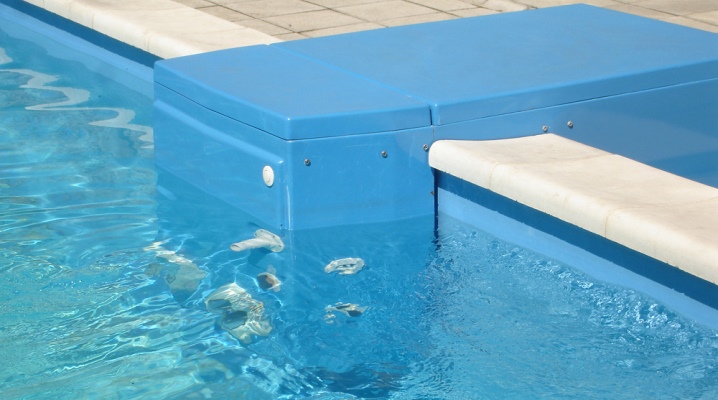
Swimming is one of the most useful and favorite activities that can be carried out in both artificial and natural reservoirs. If free access to water is not possible, experts recommend making your own pool. Starting to create this object, it is necessary to carefully consider all the nuances and subtleties due to the fact that the pool is a complex hydraulic system, for the correct functioning of which a large number of constituent elements are required.
Particular attention should be paid to planning and installing embedding elements that will not only help to create the correct filling and filtration system, but also to install decorative and entertainment elements such as hydromassage, underwater speakers and lighting.
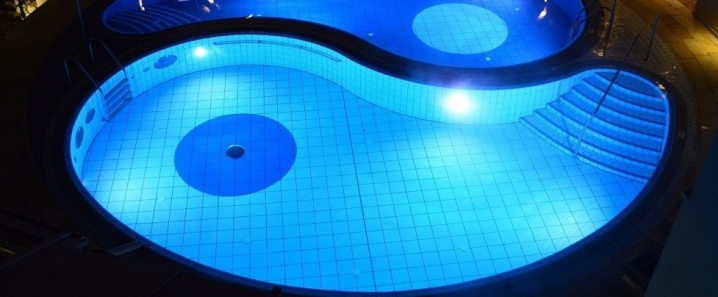
Description
Pool attachments are integral parts of any artificial reservoir, which are installed after the main bowl is made. These devices make it possible to properly operate the cleaning system, drain, lighting, water collection devices, as well as all elements for entertainment.
The selection and installation of mortgages is a complex and painstaking process in which all the details must be thought out to the smallest detail. To connect all the elements, it is necessary to strictly follow all technological processes and, if possible, attract qualified specialists. Sealing and cleaning a concrete opening is the main preparatory work before installing the equipment.

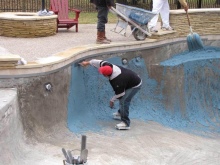

Views
Taking into account the versatility and demand, the details of the embedded type are divided for the following types:
- hydraulic;
- entertaining.
Varieties of the first type are skimmers, water level regulators, nozzles, drains for emptying or taking water, passage pipes, overflow grates.
- Skimmer - a device that ensures the flow of water from the upper layers to the filter, and also allows you to collect all floating debris.
- Injectors - a device for returning water purified by a filtration system.
- Bottom plums - devices that are involved in the intake and discharge of water with garbage. This element is especially relevant for outdoor use.
- Water level regulators (float chamber) - a device involved in adjusting the water level. Its main task is to supply fluid.
- Overflow grate - a device whose main task is to close the overflow chute. Feature - a high level of reliability.
- Pipes of passages - an important element that connects the embedded parts and the external water supply system.
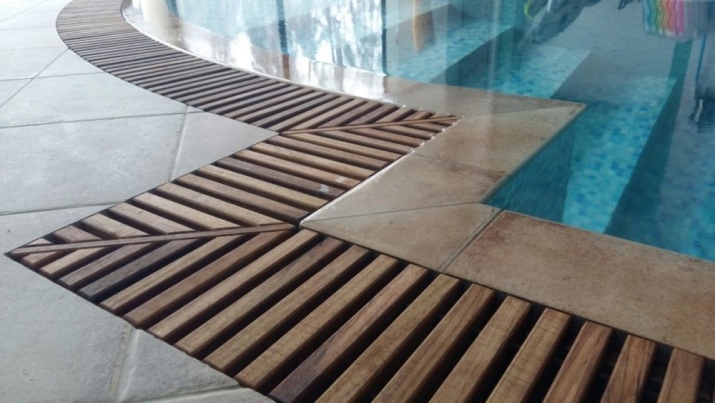
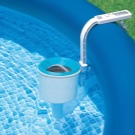
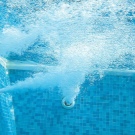
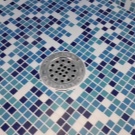

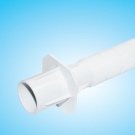
Entertainment inserts are nozzles used for air massage and hydromassage, water intakes, pneumatic buttons, lighting devices, underwater speakers, built-in countercurrents.
- Electric massage nozzles - a common device that allows you to make boiling water. Water flows have a positive effect on the nervous and muscular systems.
- Hydromassage nozzles - devices that create strong streams of water filled with air.
- Water intakes - devices that allow you to draw water for the functioning of the hydromassage system.
- Pneumatic button - an element that allows you to turn on the hydromassage without leaving the water.
- Lighting elements - important devices that allow you to fill the pool with light at any level.
- Underwater speakers - a popular part of the pool, which is intended for parties. Feature - delivery of undistorted sound under water.
- Built-in counterflow - a special pump that allows you to make artificial water flows.
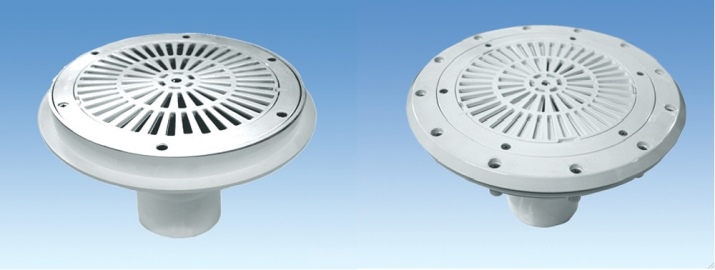

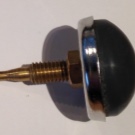
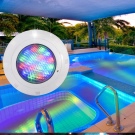
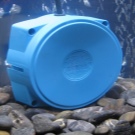
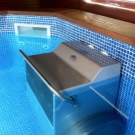
How to choose?
The correct choice of embedded elements is the key to long-term and trouble-free operation of an artificial reservoir. Manufacturers produce both plastic and metal parts. Particular attention should be paid to components made of stainless steel, which have a high level of resistance to temperature fluctuations, which is an important indicator for outdoor reservoirs.
Experts categorically prohibit purchasing the following types of mortgages, which are made of plastic:
- bottom plums;
- skimmers;
- water intakes;
- nozzles.
The country of manufacture of the parts and the manufacturer are of no less importance. Experts recommend giving preference to large brands, whose products have all permits and quality certificates.
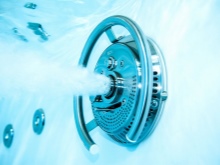

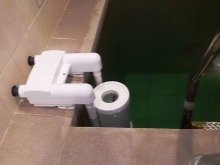
Installation rules
Due to the fact that the installation of parts takes place at the stage of creating the pool, then only specialists should carry out the installation of all components. If it is not possible to attract experienced craftsmen, then, observing all the installation rules, you can attach the mortgages yourself. Installation features depend on the type of pool.
For stationary concrete structures, the installation of embeds consists of the following steps:
- creation of the necessary forms with the help of plywood and polystyrene during the pouring of concrete;
- installation in the resulting cavities of the provided parts.
Installation technology in polypropylene pools has the following features:
- study of drawings;
- determination of places of insertion and making of holes;
- installation of pipes and their connection at the main location of the equipment;
- installation of plugs at the ends of pipes.
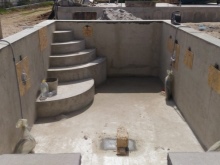

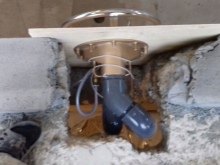
When installing metal parts, do not forget about their grounding. If this manipulation is ignored, an electric shock may occur. The main features of the grounding process:
- connecting all metal parts and connecting them to ground;
- for connection, it is permissible to use only copper wires with a cross section of at least 10 ml2;
- it is imperative to connect not only metal products located in the pool to grounding, but also all iron structures within a radius of 2 meters.
The pool can become a favorite resting place not only for family members, but also for guests. For a comfortable pastime, it is necessary not only to properly carry out all construction and decorative work, but also not to forget about safety measures.
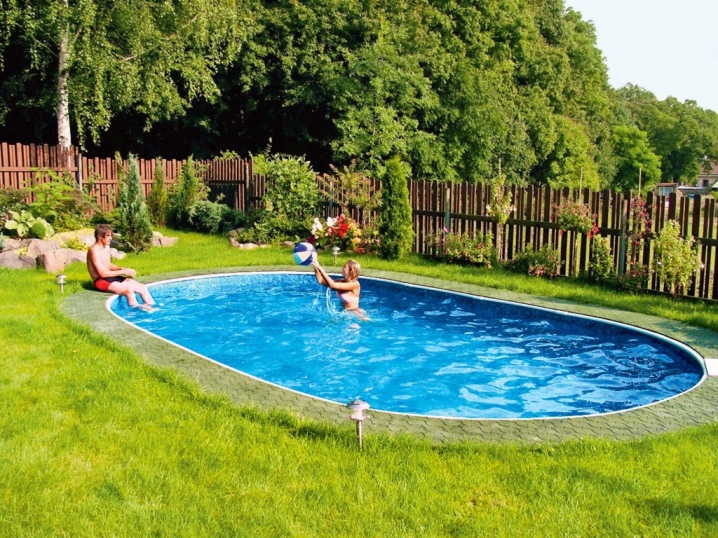
Errors when installing embedded elements in the pool, see below.



































































The comment was sent successfully.